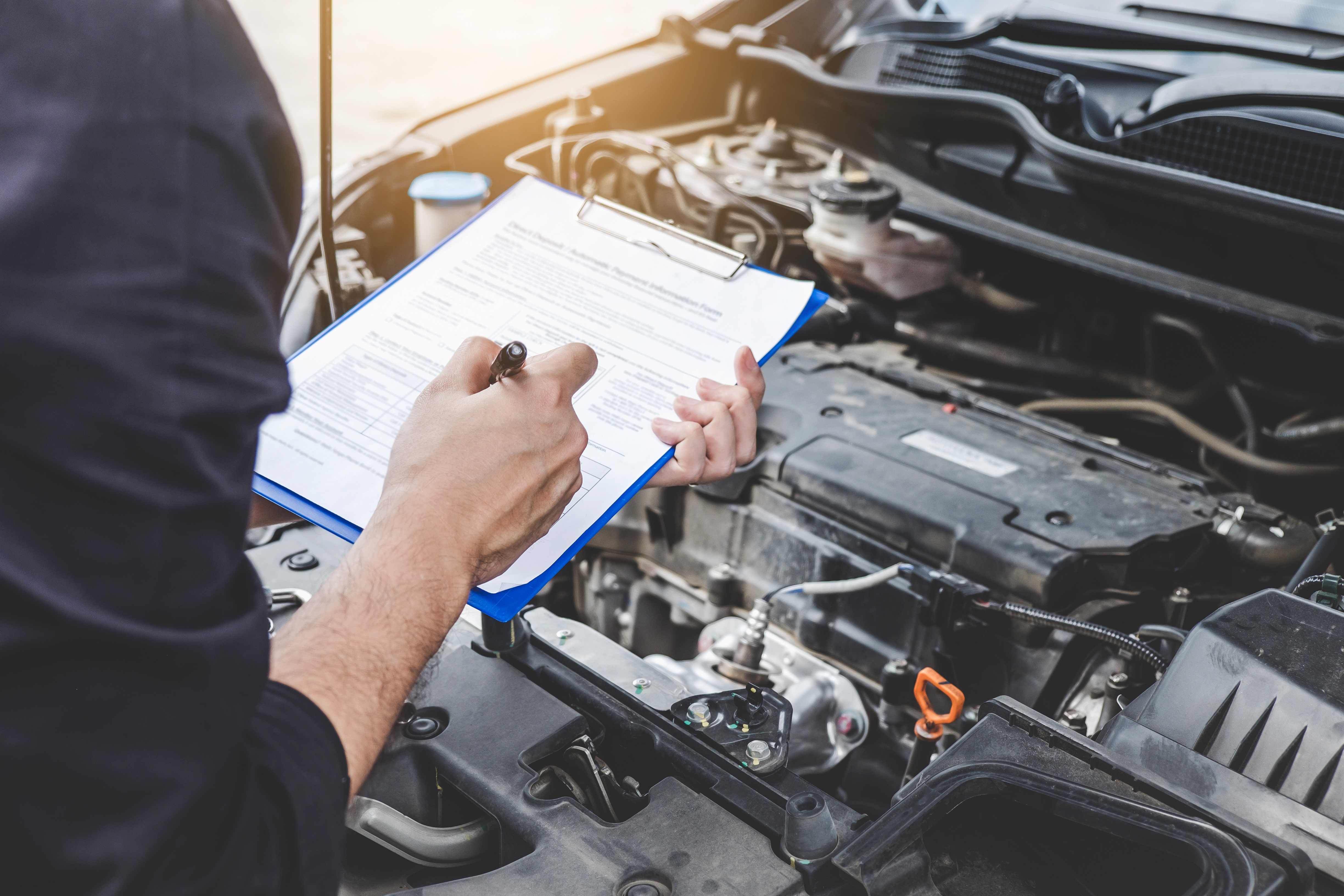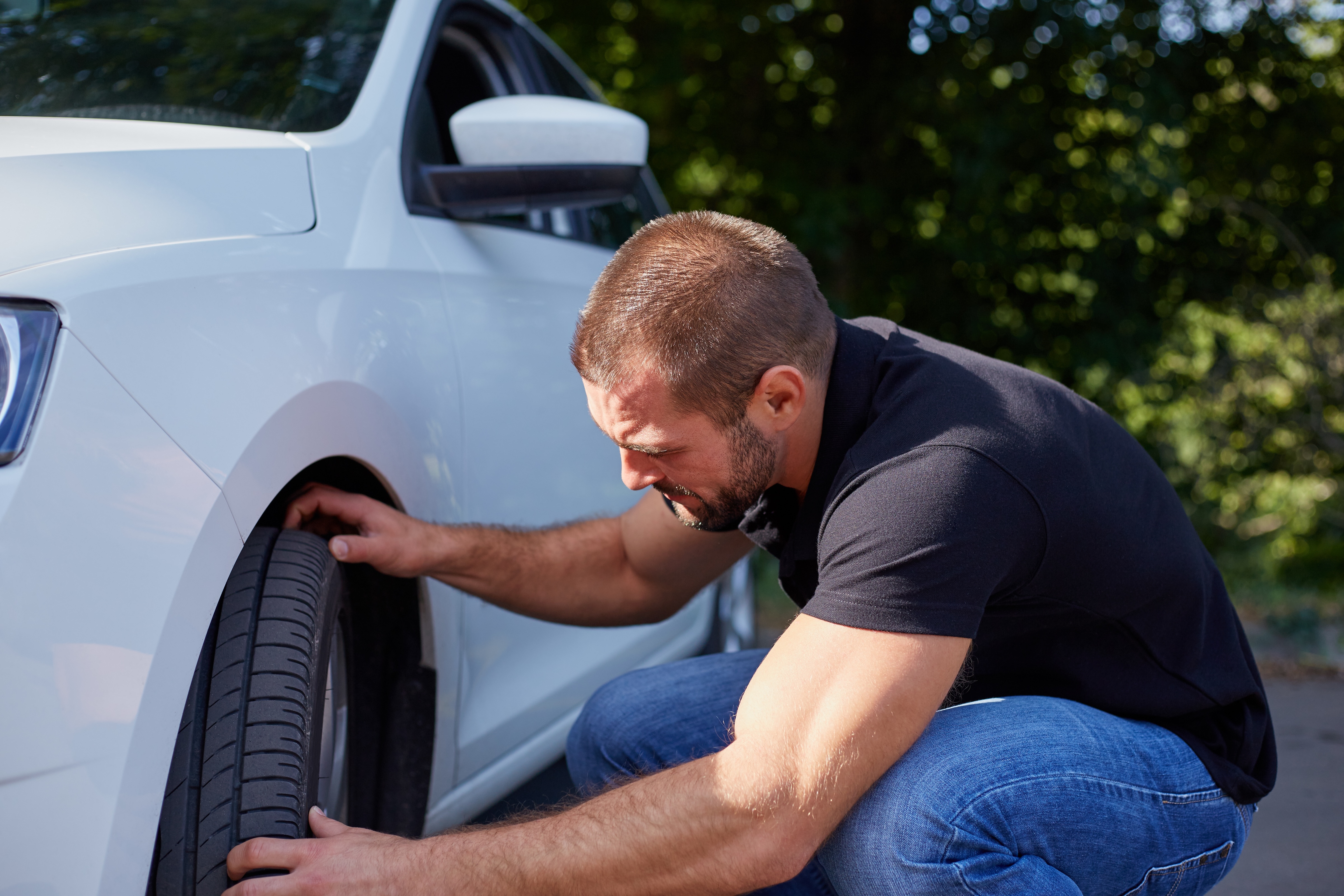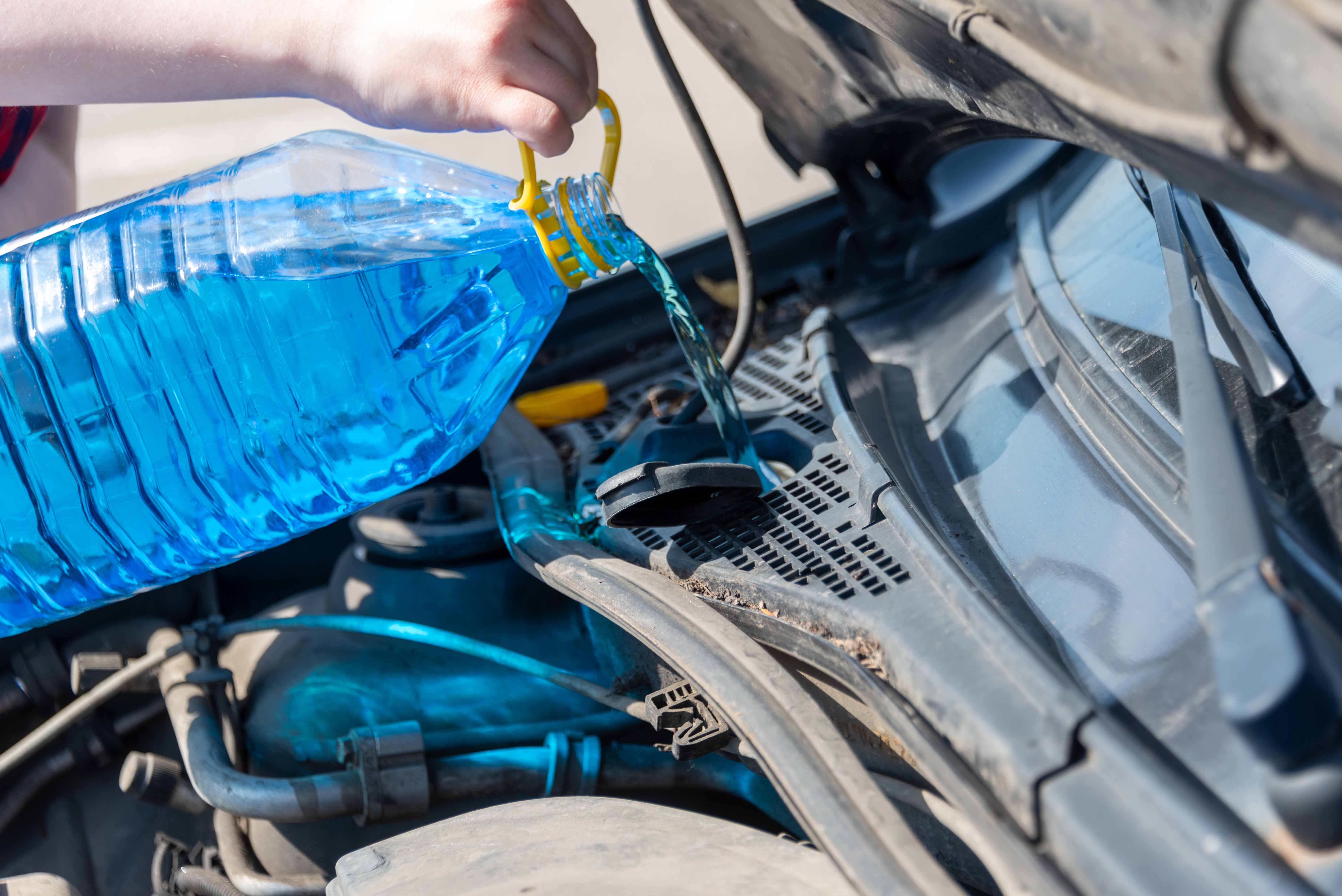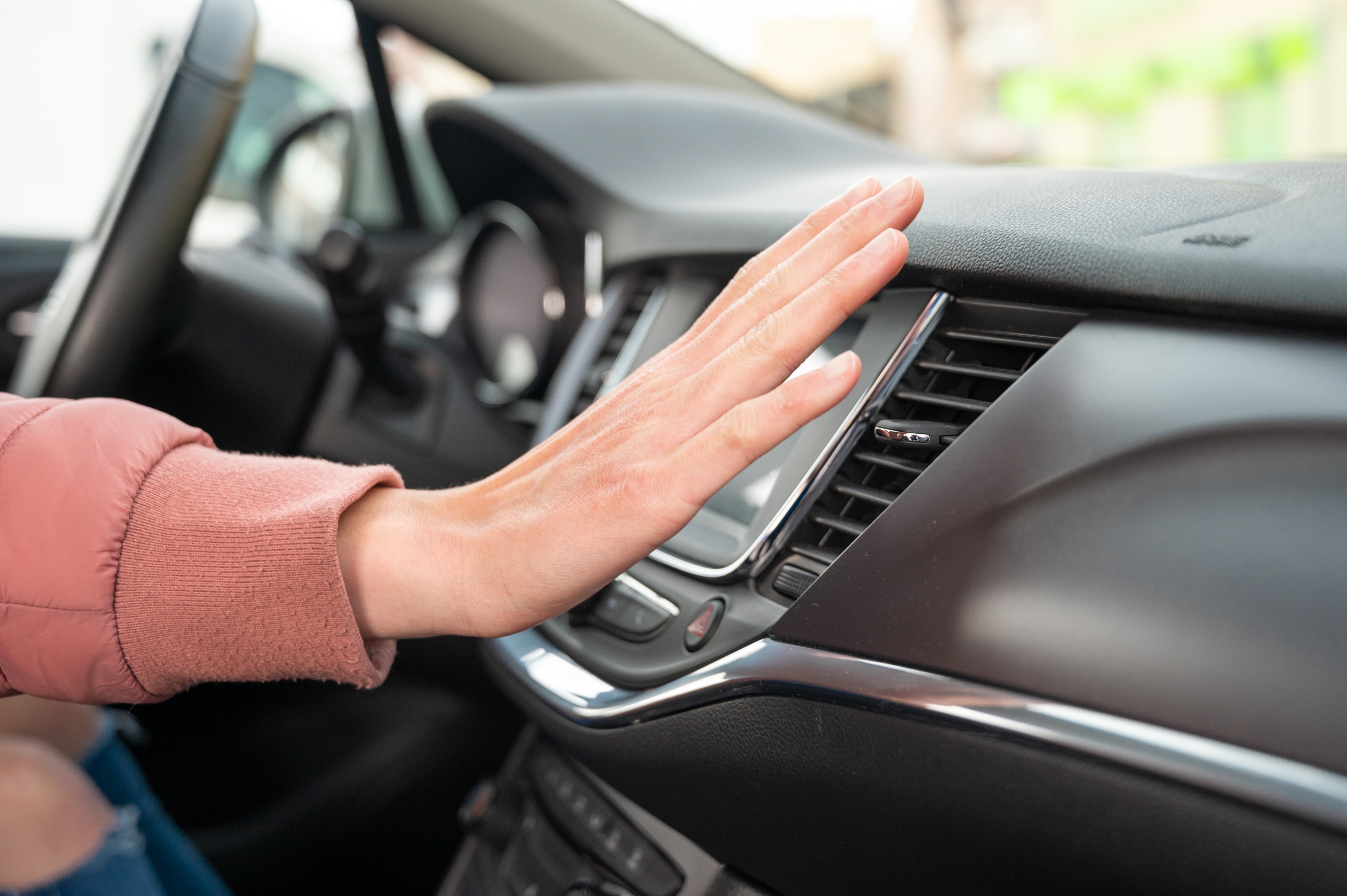Preparing Your Car for Summer Road Trips
Planning a summer road trip? Read this guide to inspections, fluids, tires, A/C checks, and must-have emergency gear. Drive with confidence.

Hitting the open road during the summer can be something special. Adventures like weekend getaways or cross-country journeys with your family create lasting memories. However, before you load up the cooler and playlists, it’s important to make sure your car is ready for the miles ahead.
Hot weather, long drives, and full vehicles all put extra demand on your car. Preparation helps you avoid surprises later. Below, we’ll walk through key checks and services to help you drive with peace of mind. This way, your vacation is nothing but fun.
This Guide Will Cover:
- Key vehicle checks and services to help prevent roadside issues
- Tips for inspecting tires, fluids, and cooling systems before a trip
- How to test your battery, A/C, and onboard diagnostics
- Smart packing ideas—including must-have emergency kit essentials
<div class="rt-cta"><a class="cta-link-button inline-link" href="https://www.fleetfarm.com/service/service-appointment/oil-change">Let Fleet Farm Service Your Vehicle</a></div>
Start with a Pre-Trip Vehicle Inspection

Give your car extra attention before you pack the trunk or map out your route. A professional inspection 1-2 weeks before your trip can catch problems early and ensure your vehicle is ready for the road.
During a pre-trip check, technicians can examine your brakes, tires, suspension, fluids, battery, and A/C system. They know what signs to watch for that may not be obvious yet, such as worn brake pads or low coolant. They can also check for recalls and ensure everything runs like it should.
According to industry research, up to 90% of roadside breakdowns are preventable with routine vehicle maintenance.
How do I prepare my old car for a long trip? Start with a full inspection at least two weeks before your trip. Have a mechanic check the brakes, tires, battery, suspension, and cooling system. Older parts are more likely to show wear. It’s also wise to test the A/C, replace any aging belts or hoses, and run a diagnostic scan to catch hidden issues. Don’t forget to top off fluids and pack an emergency kit. Older cars are more prone to minor issues on the road.
Use Diagnostics to Catch Hidden Issues
Even if your car seems fine, a quick diagnostic scan can tell you more. Today’s vehicles have systems that track how everything is working, even before the warning light comes on.
A diagnostic check spots problems with things like the ABS, stability control, or airbag system. You want these safety features working properly, especially on a long drive. It’s an essential step in your prep, particularly if you drive a newer vehicle with more electronics under the hood.
It’s also important to note that technicians can detect issues that haven’t yet triggered a warning light.
How often should you give your car a break on a road trip? Plan to stop every 2-3 hours to stretch, use the restroom, and let your car cool down, especially in hot weather or mountainous terrain.
Inspect Tires for Summer Ready Safety

Tires play an important role in road trip safety. Before heading out, take a few minutes to give them a good once-over. This extra step helps avoid blowouts or uneven wear down the road.
<div class="rt-cta"><a class="cta-link-button inline-link" href="https://www.fleetfarm.com/service/tires/">Shop Tires by Make & Model</a></div>
Check Tread Depth and Sidewall Condition
Start by checking the tread using the penny test. Just insert a penny into the tread with Lincoln’s head facing down. If you can see the top of his head, it’s time for new tires. Be sure to check on the inside, middle, and outside of the tire.
Also, inspect the sidewalls for cracks, bulges, or anything stuck in the rubber. These signs could point to damage that may cause problems on a long drive. If it’s been a while since your last rotation, this is a good time to do it. Rotating tires helps them wear evenly and last longer.
Manage Tire Pressure and Load Safely
Heat can raise the air pressure inside your tires, leading to overinflation if unchecked. So it’s important to check PSI when the tires are still cold. The recommended pressure is on the placard inside the driver’s door, not on the tire itself.
If you’re loading up the car with passengers and luggage, check your vehicle manual for any pressure adjustments needed. Proper tire pressure on your drive keeps you safe and even improves fuel mileage.
Prevent Overheating with Cooling System Care
Summer heat can be tough on engines, especially during long drives or stop-and-go traffic. That’s why your car’s cooling system needs to be in good shape before a road trip.
The cooling system keeps the engine from getting too hot by circulating coolant through the radiator and hoses. If coolant levels are low or parts are worn out, your engine could overheat, leaving you stuck on the side of the road.
Check the coolant level when the engine is cool and look for any signs of leaks. Also, inspect hoses for cracks or bulges and make sure the radiator is clear of bugs and debris.
Finally, pay attention to how your fan sounds, especially in traffic. If it’s not kicking in like it should, the engine may struggle to stay cool when it’s hot out.
Top Off and Test Critical Fluids

Fluids are your car’s lifeblood, and summer driving can put extra strain on them. Before your trip, take some time to check a few key fluids under the hood.
Start with engine oil. Look at both the level and the color. If it’s low or dirty, change it before hitting the road. Brake fluid should be clear, not dark, and transmission fluid should be pinkish, not brown. Power steering fluid is another one to check, especially if your steering feels stiff or noisy.
Don’t forget windshield washer fluid, either. Bugs and road grime can pile up fast on long drives, and you’ll want a clean windshield for safe visibility.
Hot weather and highway miles make your fluid systems work harder than they do around town, so topping off now helps make everything run better.
Does oil last longer with highway driving? Yes. Highway driving puts less stress on the engine than stop-and-go traffic, which can help oil stay clean longer. Still, it’s smart to check and change it if you’re close to your next oil change.
Ensure Battery and Electrical Reliability
Hot weather can be hard on your car’s battery. High ambient temperatures accelerate the chemical reactions within the battery cells, potentially leading to overcharging conditions, electrolyte loss, and shortened battery life. Before your trip, check the battery’s age. Most last around 3-5 years. Also, take a look at terminals to ensure they’re clean and secure.
You can also have your battery tested under load to see how it performs when the engine’s running. It’s a quick check that saves you from getting started later. While you’re at it, check the serpentine belt too. It helps power the alternator and keeps the cooling system moving.
Signs of Battery Trouble
Watch for dim headlights, a slow crank when starting, or dashboard lights flickering. A bloated battery case or corrosion on the terminals are also warning signs.
If you notice any of these, it might be time to clean the terminals or consider a replacement, especially if the battery is over a few years old.
Stay Cool with a Working A/C System

Nothing dampens a summer road trip like a hot, stuffy car. Before you head out, test your car's air conditioning to ensure it’s blowing cold and strong.
If the airflow feels weak, the cabin air filter may be clogged. Clogged air filters reduce air flow through the climate control system, forcing the blower motor to work harder and potentially leading to premature failure. It’s an easy fix that makes a significant difference. If the air isn’t cool enough, your system might need a recharge, or there could be a leak that needs attention.
Related Article: How to Plan a Camping Trip: What to Do Before You Go If you’re gearing up for a summer in the outdoors, check out our guide on how to plan a successful camping trip. From choosing the right campsite to packing gear and waterproofing your tent, this step-by-step guide makes planning simple and stress-free.
Prepare an Emergency Kit for the Road
Even with a well-prepped vehicle, be ready for the unexpected. An emergency kit doesn’t need to take up much space, but should have the essentials.
Start with jumper cables, a flashlight, a basic first aid kit, reflective triangles, gloves, and a tire repair kit. Pack them in a weatherproof container so they’re easy to find if needed. In case you lose signal, it’s also helpful to bring a phone charger, portable power bank, paper maps, and a printed contact list.
Toss in extra water, snacks, and any critical medication for long drives through remote areas. These small steps have a huge impact if you face a delay or roadside issues.
Related Article: Important Things to Keep in Your Car for Every Journey If you spend a lot behind the wheel, visit our guide on essential items to keep in your car. From daily necessities to emergency tools and winter gear, these tips will help you stay prepared for anything the road throws your way.












